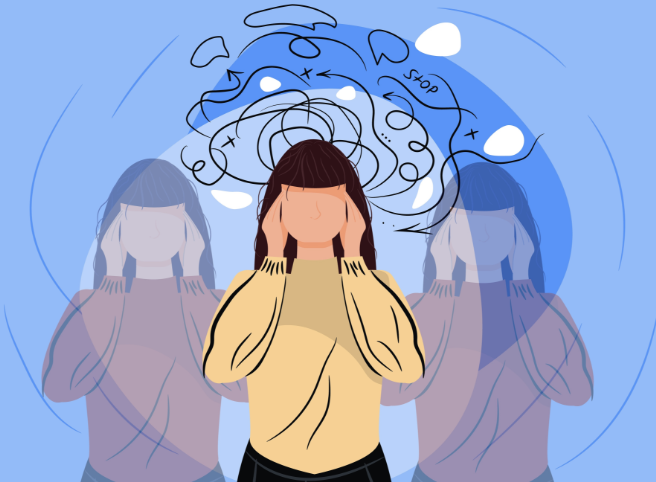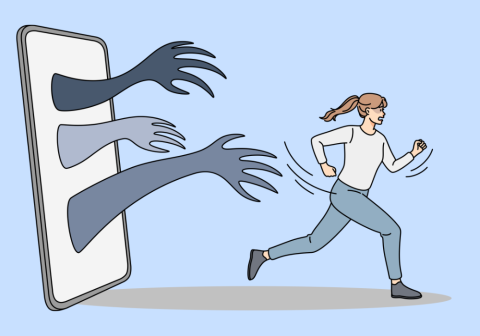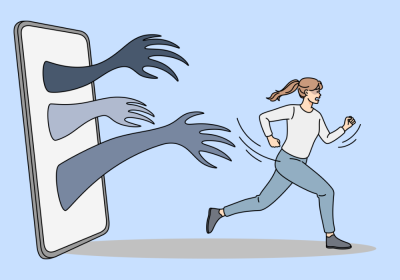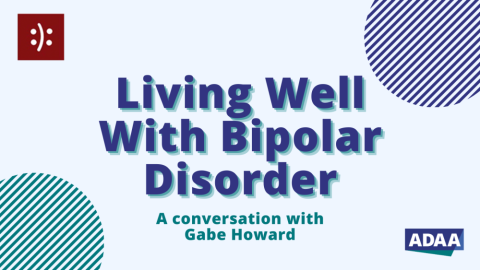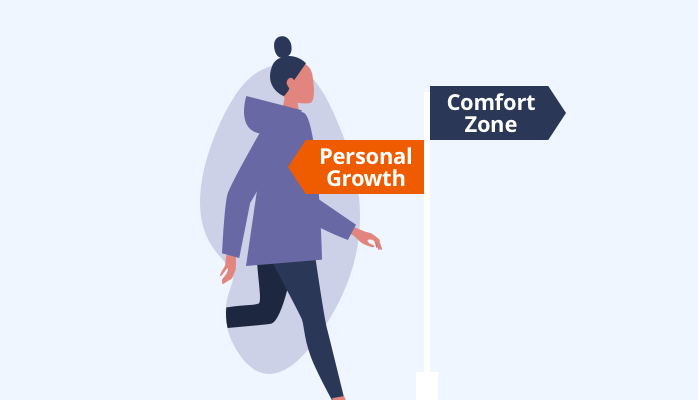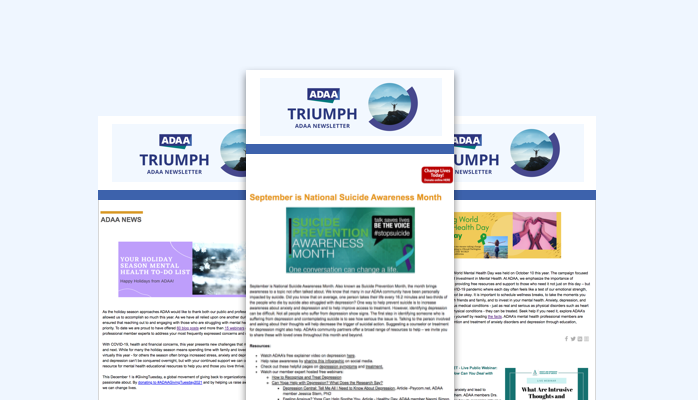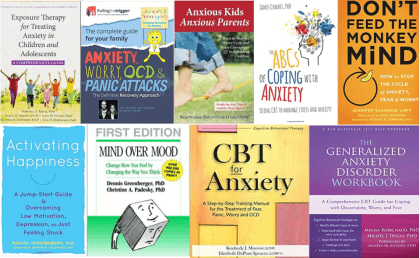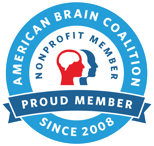OCD is like an unwelcome guest with bad manners. It moves into a mind — and it doesn’t want to leave.
Students with OCD may appear to be daydreaming, distracted, disinterested, or even lazy. They may seem unfocused and unable to concentrate. But they are really very busy focusing on their nagging urges or confusing, stressful, and sometimes terrifying OCD thoughts and images. They may also be focused on completing rituals, either overtly or covertly, to relieve their distress.
While frustrating to educators, OCD may be torture for the students who have it. This disorder may be difficult to identify because its observable symptoms are similar to other conditions and mental disorders, and mental rituals cannot be observed. Symptoms in children and adolescents can change over time, and they tend to wax and wane for no apparent reason. School personnel who have a good understanding of the variety of behaviors that may signal OCD are better equipped to initiate a plan to assist the student.
The Effect of OCD on Academic Performance
Even very bright and motivated students can struggle with OCD. Although students with OCD typically have average to above-average intelligence levels, they may be unable to learn the same way others do because their focus is frequently on their obsessions or compulsions. Depending on the severity of the symptoms, some students find it difficult to learn and, for some, it’s almost impossible to concentrate on and complete schoolwork.
Although they want to pay attention, participate in discussions or presentations, study, and complete homework, they feel compelled to respond to their obsessions or urges.
Students who have untreated OCD re likely to have a very difficult time concentrating in the classroom and completing homework assignments. They may experience overwhelming anxiety or strong urges, possibly describing the feeling of mounting anxiety or intensifying urges as if they were a rising volcano or a tea kettle about to boil — and relief comes when the pressure is released. Unfortunately, the release is usually a compulsive behavior that may be disruptive to learning and possibly to the classroom.
It may not be long before the student who has OCD falls behind and sees a drop in grades. In some cases, academic performance deteriorates abruptly and dramatically. And it may be nearly impossible to catch up unless a student can learn to manage the symptoms. For these reasons, it’s important that school personnel take OCD seriously and work with the student and the family to provide support.
What Does OCD Look Like at School?
A student may enter a classroom at the beginning of the school year with a diagnosis of OCD, or the disorder may develop later. Whenever a student begins to falter — academically, socially, or emotionally — educators need to intervene. A proactive approach can make an impressive difference in a student’s coping ability, academic performance, and interpersonal capabilities.
The first step is being aware of the behaviors that can signal OCD. The disorder includes a wide variety of symptoms in children and adolescents, which are not always obvious. It is important to keep in mind that OCD symptoms can look like other disorders, so it is critical that a mental health specialist trained in OCD and related disorders conduct a diagnostic assessment OCD can be confused for symptoms of ADHD and anxiety disorders, as well as acting out” or misbehavior not associated with a neurobiological disorder. Also, OCD changes in nature or scope from one set of obsessions and compulsions to another, with differing behaviors, and symptoms can worsen and or seem to disappear, often for no obvious reason.
Common Symptoms of OCD at School
Below are common OCD symptoms of children and adolescents in school.
Obsession: Fears of germs or contamination
Compulsions
• Repeatedly washing hands, using antibacterial wipes or hand-sanitizer
• Protecting what is perceived as clean space -- personal desk, locker, or other property
• Avoiding touching surfaces that others may have touched, such as doorknobs, desks, shared supplies, lab tables or equipment, computer keyboards, paints, paste, soap, cafeteria trays, etc.
• Avoiding contact play or sports either because of a fear of catching a disease or fear of contaminating another student
• Avoiding the use of bathrooms
• Seeking reassurance that they or others are not sick or dirty
• Refusing to share items or supplies with others
• Refusing to eat in the cafeteria
• Avoiding certain products because they may contain poison, such as substances used in chemistry
Obsession: Fears that harm, illness, or death, will befall oneself or others; fear of causing harm to oneself or others, including violent or aggressive obsessions (Note: People with OCD who have violent or aggressive thoughts do not have a history of violence or act upon these urges or ideas.)
Compulsions
• Checking behavior, such as making sure doors or windows are locked or turning light switches on and off repeatedly
• Reading a paragraph over and over again to prevent harm from coming to a loved one, another person, or a pet.
• Asking the teacher for reassurance that the student is safe
• Avoiding leaving a perceived safe zone (classroom); avoiding going into unsafe zones (lunch or recess areas) or open spaces such as a gymnasium
• Unreasonable avoidance of peers, teachers, for fear of causing them harm
Obsession: Fears that harm, illness, or death, will befall oneself or others; fear of causing harm to oneself or others, including violent or aggressive obsessions (Note: People with OCD who have violent or aggressive thoughts do not act upon these urges or ideas OR have a history of violence.)
Compulsions
• Checking behavior, such as making sure doors or windows are locked or turning light switches on and off repeatedly
• Reading a paragraph over and over again to prevent harm from coming to a loved one, another person, or a pet.
• Asking the teacher for reassurance that the student is “safe”
• Avoiding leaving a perceived “safe” zone (classroom); avoiding going into "unsafe" zones (lunch or recess areas) or open spaces such as a gymnasium
• Unreasonable avoidance of peers, teachers, for fear of causing them harm
Obsession: Fears, feelings, or urges related to numbers
Compulsions
• Counting, touching, or saying words a certain number of times due to believing in a magical significance to certain numbers or using those numbers to keep harm away; counting the number of steps between locations and having to start over if interrupted
• Touching objects a certain number of times; not being able to move on unless this touching has been accomplished
• Reading words or pages a certain number of times
• Going back and forth through doorways a certain number of times before it’s OK to enter the room
• Avoiding using certain numbers that are perceived as unlucky or not safe; only using numbers that are perceived as safe or lucky. (math problems may be answered improperly, pages may not be read or pages may be numbered out of sequence )
Obsession: Fears, feelings, or urges related to discarding items because something bad will happen; feelings of incompleteness if something is discarded or the need document and preserve all life experiences; fears of contamination; need to buy items in multiples of a particular number; not discarding objects to avoid repetitive rituals such as washing or checking. (Note: This form of hoarding is related to the obsessions and compulsions of OCD and is distinct from hoarding disorder.)
Compulsions
• Saving scraps of paper, candy wrappers, bottle caps, broken items, or other useless items; inability to part with unneeded things
• Keeping books, toys, food, school papers, clothing, or other items for fear that they might be needed sometime in the future
• Buying every item in a store that one has touched (and therefore contaminated) to prevent others from being contaminated
• Accumulating items or objects in a particular area (desk drawer) because they are contaminated and cannot be touched
• Buying multiples of the same item (buying three of everything because it’s a magic number)
Obsession: Scrupulosity, or the excessive fear of violating religious or moral rules
Compulsions
• Apologizing or confessing that something is wrong, such as breaking religious, classroom, or school rules
• Constantly seeking reassurance that a task has been completed right or perfectly; seeking affirmation that a mistake was not made
• Saying prayers a certain number of times; excessive praying to atone for being bad; repeatedly confessing perceived sins or bad behavior
• Repetitive praying, confessing to neutralize or undo bad thoughts, intrusive sexual thoughts, or visions of cursing or blaspheming in school or church
• Avoiding answering questions for fear of telling a lie
Obsession: Fears, feelings, or urges related to symmetry or order
Compulsions
• Constantly evening up books or other items on a shelf or desk; aligning edges to be even
• Rearranging items to be in a certain order, such as by color or alphabetical order
• Avoiding a room with square tiles because seeing the tiles would require tracing each of the edges visually
• Fears, feelings, or urges related to sexual content
• Seeking reassurance that one is not gay or lesbian, despite being heterosexual
• Excessive praying to atone for having inappropriate sexual thoughts or images
• Avoiding magazines, books, DVDs, websites, or other media for fear of seeing sexual content
Obsession: Excessive doubting or dread of uncertainty
Compulsions
• Constantly rechecking to see that everything is in a backpack or book bag
• Asking to leave the classroom to recheck a locker or its contents
• Avoiding a school locker to prevent checking the lock over and over again
Obsession: Fears, feelings, or urges related to having something just right or perfect
Compulsions
• Getting up and sitting down repeatedly at a desk, until feeling just right
• Repeatedly revising the way letters, words, or numbers are written to make them look just right; getting stuck rewriting the same letter or word
• Repeatedly filling in circles on answer sheets; getting stuck on one or two questions because too much time is spent carefully filling in the circles, erasing, refilling until it looks perfect
• Erasing and rewriting words over and over
• Extreme slowness with activities or school work until everything is just right
• Repeating various actions for no apparent reason
• Avoiding a hallway until walking in it until it feels just right
